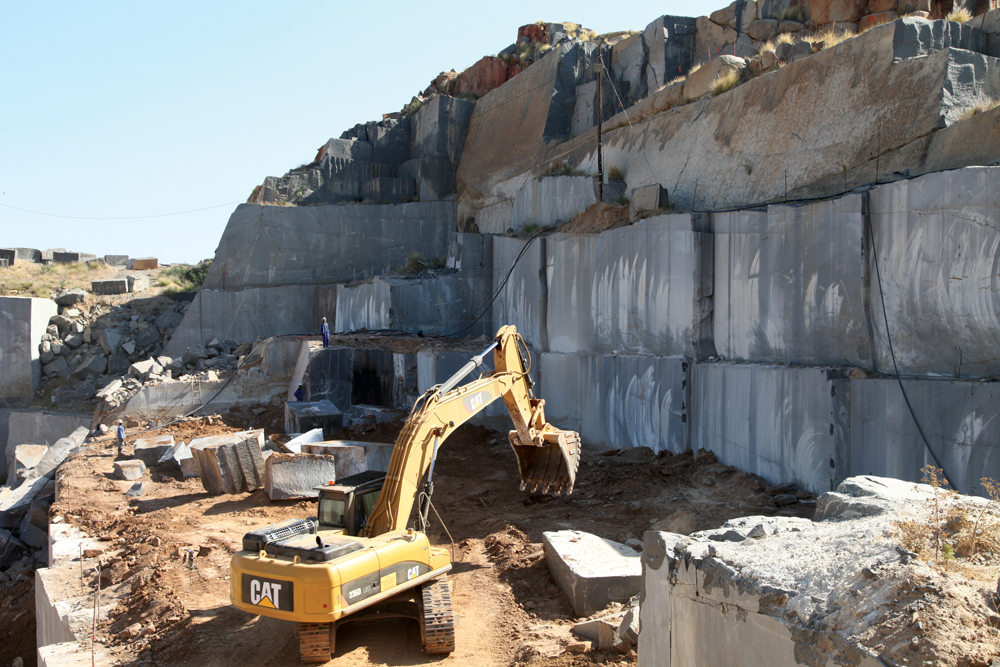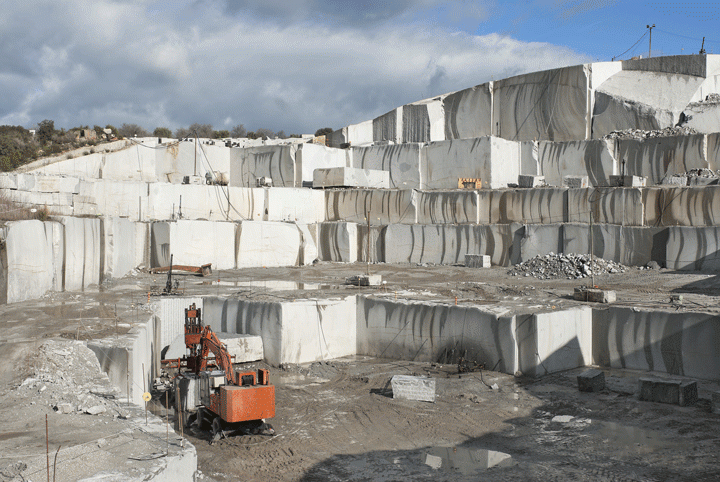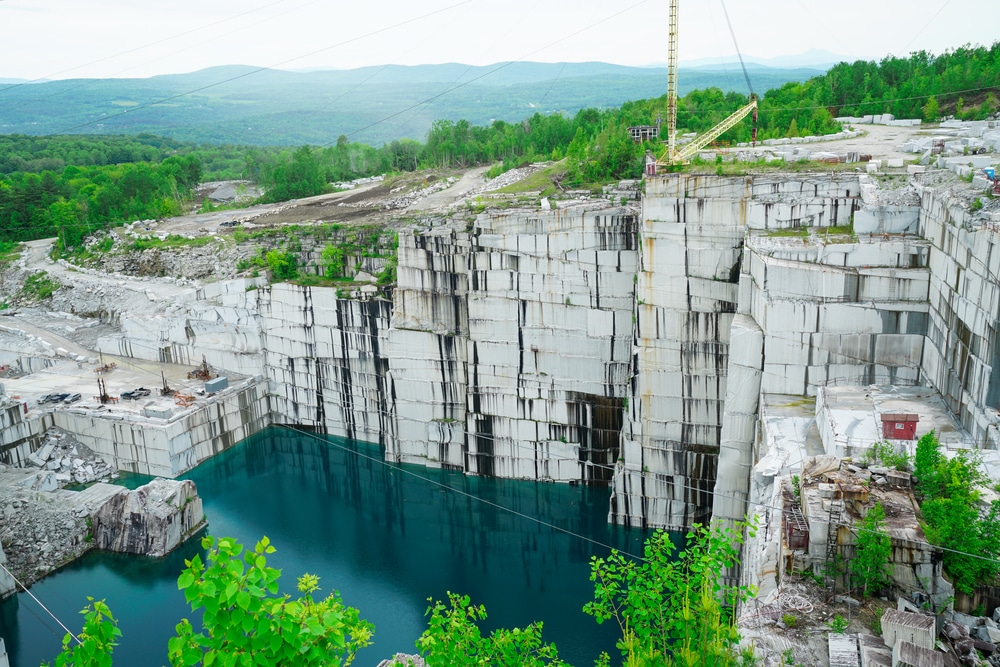Unveiling the Mysteries of Granite Quarrying: Where Stamina and Elegance Meet
The world of granite quarrying is a world where the raw stamina of nature assembles with human virtuosity to create frameworks that stand the examination of time with an air of style. From the midsts of quarries to the precise sprucing up in workshops, the process of changing granite into architectural wonders is a complicated dancing of custom and advancement. As we peer into the depths of this old craft, we begin to reveal the surprise intricacies that form the really significance of our constructed environment.
The Beginnings of Granite Quarrying
In the record of architectural history, the beginnings of granite quarrying are shrouded in a tapestry of old workmanship and geological marvels. Going back to ancient Egypt and Mesopotamia, the removal of granite from quarries noted the beginning of a journey that would ultimately bring about the development of some of the world's most renowned structures.
Granite quarrying's origins can be mapped to the proficient craftsmens that identified the stone's longevity and visual allure. With a combination of primitive devices and sheer resolution, these very early quarry employees unearthed granite blocks that would come to be the foundation of worlds.
As people progressed, so did the techniques of quarrying granite. The Romans, renowned for their engineering expertise, created innovative techniques for extracting granite to create monuments, holy places, and roadways that stood the test of time.
The tradition of these old quarrying practices remains to shape modern-day style, with granite staying an icon of stamina and sophistication in construction jobs around the globe. (granite quarries in south africa)
Tools of the Quarrying Trade
The evolution of granite quarrying methods from ancient human beings to modern-day times highlights the important function played by the devices of the quarrying profession in shaping the market's methods. In ancient times, quarrying devices were simple, often being composed of knives, hammers, and wedges made from products like bronze or iron. These tools needed considerable manpower and time to remove granite obstructs from quarries.

Furthermore, the intro of pneumatically-driven devices and high-powered machinery has significantly reduced the physical labor called for in quarrying operations, improving worker safety and efficiency. As the quarrying industry proceeds to innovate, the tools of the profession remain at the forefront of driving progression and forming the future of granite extraction.
Extracting Blocks of Granite
Making use of precision machinery and progressed methods, the extraction of granite blocks from quarries has become an advanced process in the modern-day quarrying market. The initial step includes identifying the place and dimension of the granite down payment to establish one of the most reliable removal technique. When an appropriate website is selected, the removal process begins with the exploration of openings for the positioning of explosives. Regulated blasting methods are then used to break apart the granite right into workable areas.

Sprucing Up and Ending Up Methods
To accomplish a perfect surface area on granite blocks, competent artisans utilize a series of precise sprucing up and finishing techniques. After the preliminary extraction and shaping processes, the granite blocks go through an extensive sprucing up phase to improve their natural appeal and resilience. One typical approach used in polishing granite is diamond abrasion, where industrial rubies are used to grind and polish the rock to a smooth finish. This process not only creates a lustrous surface yet additionally ensures harmony in color and structure across the granite block.
In enhancement to sprucing up, completing strategies are applied to more fine-tune the granite's appearance. These methods might include flaming, developing, or cleaning, each offering unique appearances and finishes to click here to read match different aesthetic choices. Flaming, here for circumstances, includes subjecting the granite surface to heats to develop a rough, distinctive surface, ideal for outdoor applications where slip-resistance is important. Honing, on the other hand, gives a matte finish that is smooth to the touch, perfect for interior kitchen counters and floor covering. By very carefully picking and using these polishing and completing techniques, artisans can transform raw granite blocks right into splendid items that showcase both stamina and beauty.

Environmental Impact and Sustainability
With the growing emphasis on ecological awareness in the industry, granite quarrying techniques are increasingly scrutinized for their effect on all-natural sources and long-term sustainability. In addition, the transport of granite from quarries to processing centers produces carbon emissions, better contributing to environmental destruction.
To mitigate these influences and guarantee sustainability in granite quarrying, industry stakeholders are embracing numerous measures. Implementing sophisticated technologies to decrease energy intake and water use, redeeming quarried land for eco-friendly reconstruction, and promoting accountable sourcing techniques are some approaches being employed. Accreditations such as the Woodland Stewardship Council (FSC) and the Leadership in Energy and Environmental Design (LEED) assistance consumers identify eco friendly granite Find Out More items.
Conclusion
Finally, granite quarrying is a process that requires specialized devices and strategies to remove blocks of granite and brighten them to a high level of finish. While the ecological influence of quarrying can be substantial, initiatives are being made to boost sustainability techniques in the market. Overall, granite quarrying is a fragile balance between using the strength and elegance of this all-natural stone while minimizing its effect on the setting.